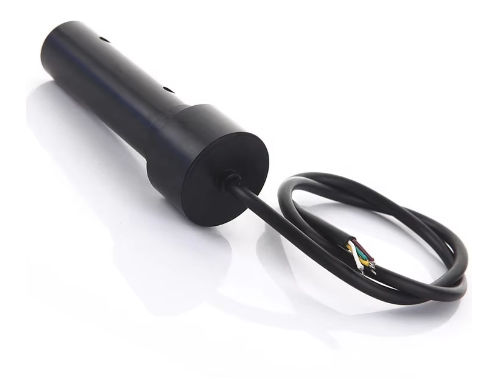In modern agriculture, precision management and sustainable development have become the top priorities for agricultural scientists. Water quality monitoring is a critical component of this process, particularly concerning soluble carbon dioxide (CO₂). In the United States, water quality CO₂ sensors are widely employed in sectors such as greenhouse cultivation, aquaculture, and irrigation systems. Below is a specific case that illustrates the practical application of water quality CO₂ sensors in American agriculture.
Background
A large-scale greenhouse located in California specializes in growing high-value vegetables and flowers and has faced challenges regarding water quality management and crop growth. With advancements in agricultural technology, the greenhouse implemented water quality CO₂ sensors to optimize growing conditions for crops and improve both yield and quality.
Practical Applications
Water Quality Monitoring
The greenhouse uses water quality CO₂ sensors to continuously monitor the concentration of carbon dioxide in the irrigation water during irrigation and fertilization. By tracking CO₂ levels in the water, the farm can better understand changes in water acidity (pH) and their effects on plant growth.
Smart Irrigation System
When the sensors detect a rise in CO₂ concentration in the water, the system automatically adjusts the irrigation schedule. This automated adjustment optimizes the supply of water and nutrients, ensuring that plants grow under optimal conditions. For instance, when CO₂ concentrations are low, the system increases CO₂ levels to promote photosynthesis, thereby enhancing plant growth rates.
Crop Yield Prediction
By analyzing historical data along with real-time water quality data, greenhouse managers can predict growth trends and potential yields for their crops. The data provided by the water quality CO₂ sensors supports the formulation of precise agricultural management decisions, such as timely and appropriate scheduling of fertilization and irrigation.
Results and Feedback
After implementing water quality CO₂ monitoring, the greenhouse experienced significant increases in productivity. In the first year of introducing the sensors, yield increased by approximately 20%, and the quality of the crops also improved markedly. Managers reported that real-time monitoring and adjustments to irrigation conditions allowed them to respond more promptly to growth issues, reducing waste and enhancing water resource efficiency.
Future Prospects
As agricultural technologies continue to advance, the application of water quality CO₂ sensors will expand to more agricultural domains, including aquaculture, soil monitoring, and other crop cultivation environments. By integrating artificial intelligence and big data analytics, the future of agriculture promises to be more efficient and sustainable, facilitating a transformation in agricultural production.
Conclusion
Through the implementation of water quality CO₂ sensors in the California greenhouse, we observe how modern agriculture leverages technology to enhance production efficiency and crop quality. This not only yields practical benefits for agricultural production but also provides important insights for promoting sustainable agricultural development. As technology continues to improve, water quality monitoring is poised to become a vital tool in future agricultural management.
We can also provide a variety of solutions for
1. Handheld meter for multi-parameter water quality
2. Floating Buoy system for multi-parameter water quality
3. Automatic cleaning brush for multi-parameter water sensor
4. Complete set of servers and software wireless module, supports RS485 GPRS /4g/WIFI/LORA/LORAWAN
For more water sensor information,
please contact Honde Technology Co., LTD.
Email: info@hondetech.com
Company website: www.hondetechco.com
Tel: +86-15210548582
Post time: Jul-31-2025


